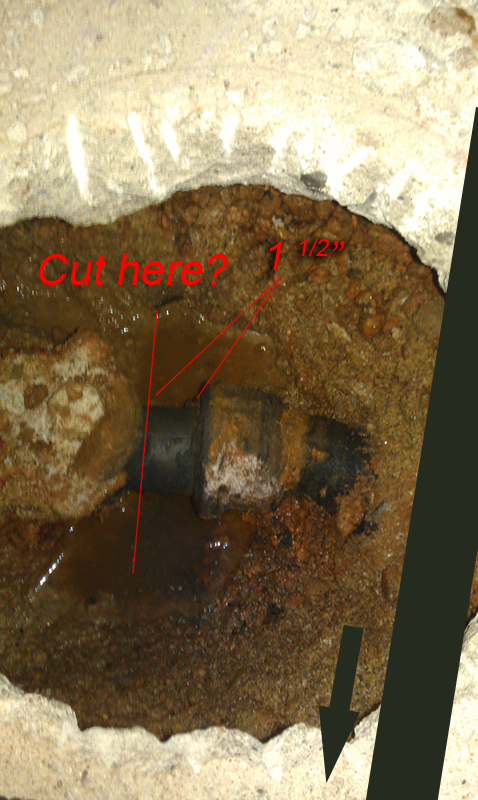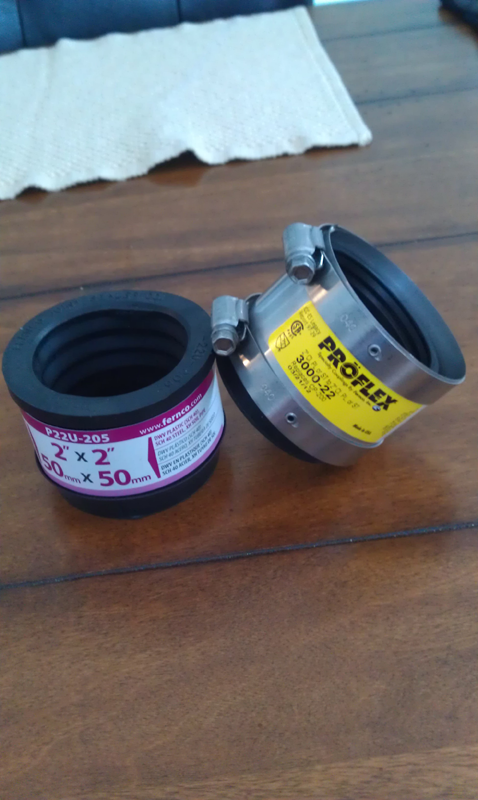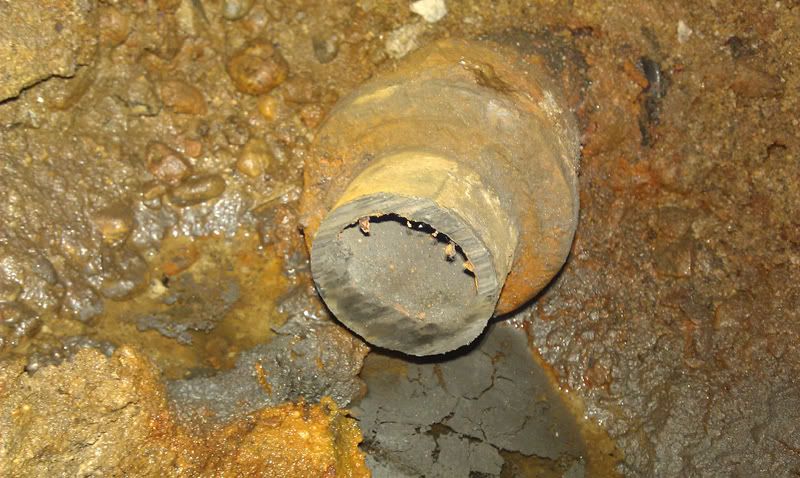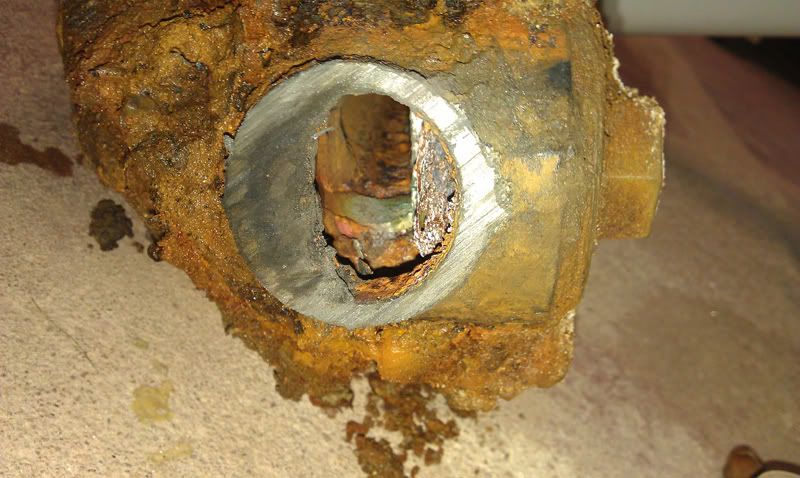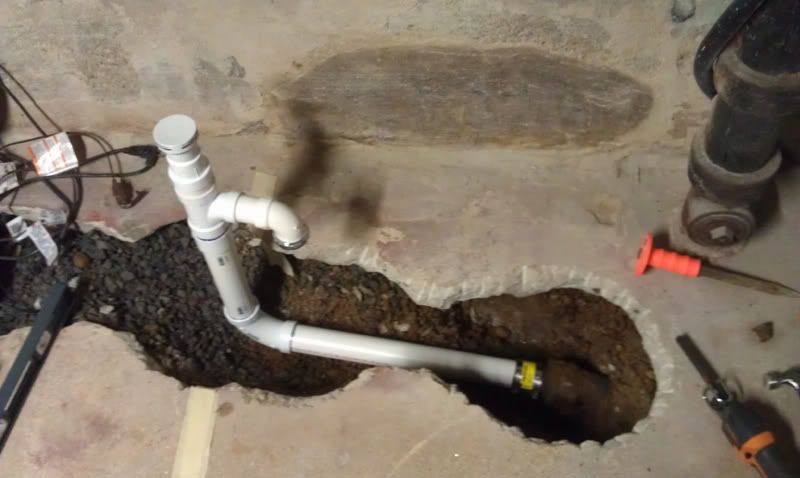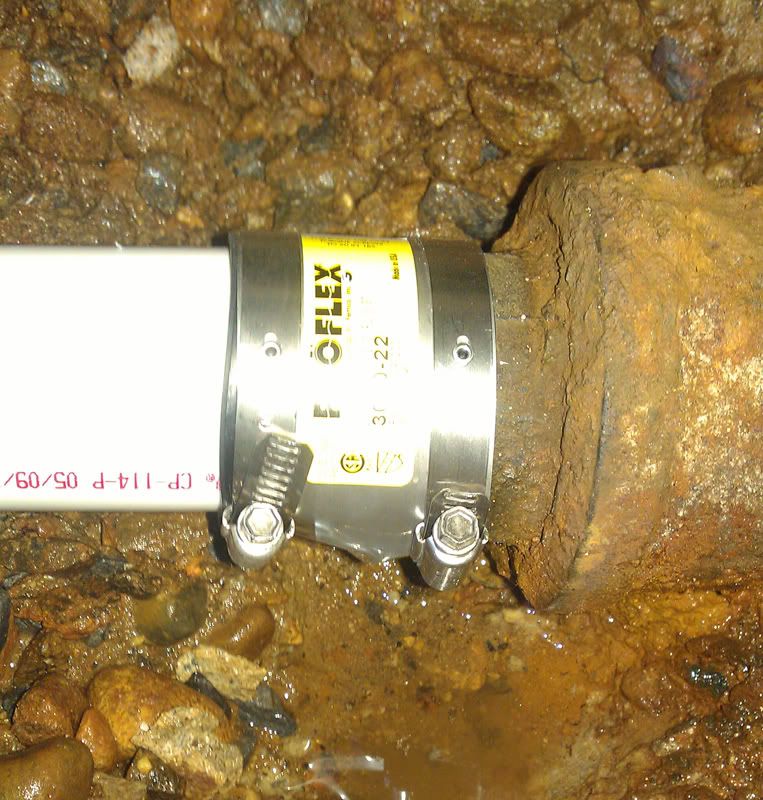The age of the home leads me to believe the backwater valve is install with lead & oakum.(Hub/spigot), if it was installed later, then it may have no-hub bands. If you are replacing the backwater valve (which i would recommend), Install a clean-out before & after the BW Valve.
Thanks for the info. I was actually just planning on removing this device all together, but maybe I should replace it. The plumber that was out here at my home said that he didn't like the idea of a backwater valve at this spot, because he said he would rather have the sewer backup in the basement, instead of upstairs in the home. I'm not sure if I agree with this, but I was thinking down the road, I would have one installed on the main waste line just before it exits the home.
If I were to replace it, is there s specific model that you would recommend? Of course, I would need to be able to bury it, so it would need to have some sort of cap that would be accessible above the slab.
Thank you for replying.






